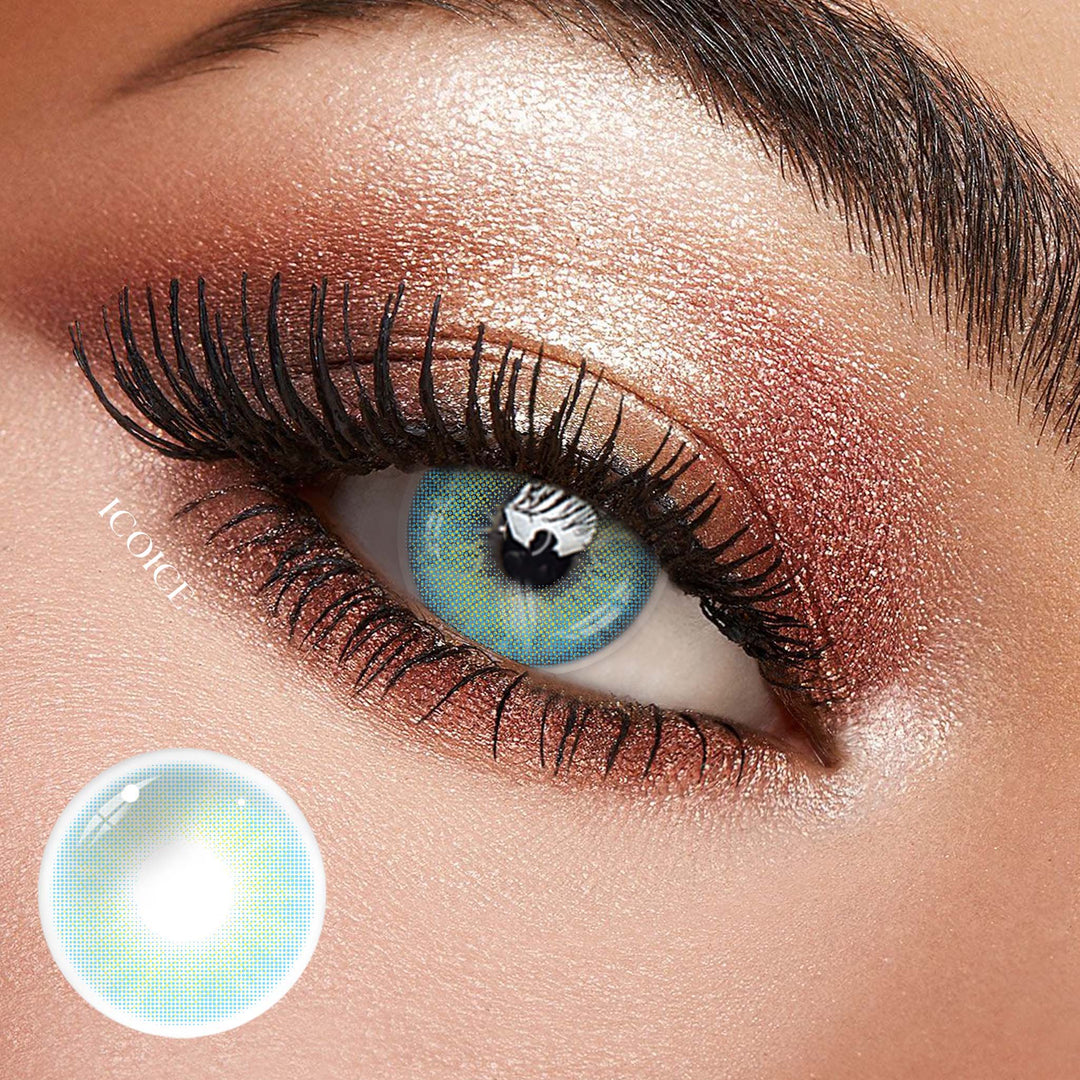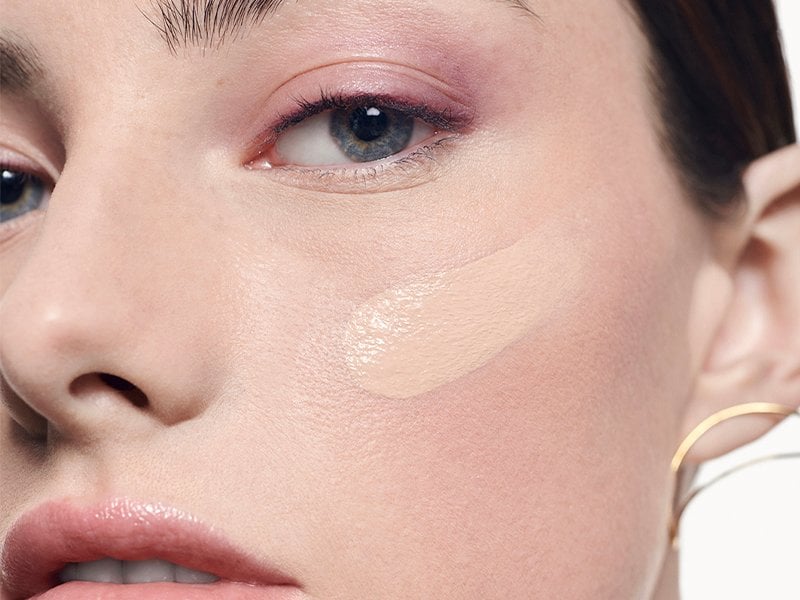As of late, the gems industry has witnessed a significant shift towards ethical diamonds, driven by growing consumer awareness and demand for sustainable practices. Among the most remarkable headways in this field are lab-created diamonds, which offer an innovative and environmentally friendly alternative to traditional mined diamonds. This article digs into the vital parts of ethical diamonds and lab-created diamonds, exploring their benefits, production strategies, and the impact they have on the industry and the environment.
Table of Contents
- Understanding Ethical Diamonds
- The Importance of Without conflict Sourcing
- Environmental Sustainability in Diamond Mining
- Fair Labor Practices
- Lab-Created Diamonds: A Cutting edge Solution
- Production Strategies for Lab-Created Diamonds
- High Strain High Temperature (HPHT)
- Chemical Fume Deposition (CVD)
- The Growing Popularity of Lab-Created Diamonds
- Consumer Perceptions and Market Patterns
- The Future of Ethical and Lab-Created Diamonds
- Innovation and Technological Progressions
- Expanding Business sector Opportunities
- Conclusion
Understanding Ethical Diamonds
Ethical diamonds are defined by their adherence to strict ethical standards all through their lifecycle. These standards envelop various perspectives, including sans conflict sourcing, environmental sustainability, and fair labor practices. The primary objective is to guarantee that the diamonds are obtained and created in a manner that aligns with moral and ethical principles.
The Importance of Without conflict Sourcing
A focal principle of ethical diamonds is the commitment to without conflict sourcing. Conflict diamonds, otherwise called blood diamonds, are mined in disaster areas and offered to finance equipped conflict and human rights manhandles. Ethical diamonds, conversely, are obtained from regions and operations that stick to the Kimberley Cycle Certification Plan (KPCS), a worldwide initiative designed to forestall the exchange of conflict diamonds. This certification guarantees that the diamonds have been mined and exchanged without contributing to violence or exploitation.
Environmental Sustainability in Diamond Mining
Traditional diamond mining can significantly affect the environment, including habitat destruction, soil erosion, and water contamination. Ethical diamonds address these worries by promoting practices that minimize environmental damage. This includes the utilization of cutting edge innovations to diminish waste and energy consumption, as well as the rehabilitation of mining sites to reestablish regular habitats.
Fair Labor Practices
The ethical diamond industry is additionally committed to ensuring fair labor practices. This involves providing safe working conditions, fair wages, and respecting laborers’ rights. Ethical diamond suppliers are rigorously audited to guarantee compliance with these standards, providing consumers with the confirmation that their buy upholds humane working conditions.
Lab-Created Diamonds: A Cutting edge Solution
Lab-created diamonds are emerging as a groundbreaking solution in the mission for ethical diamonds. These diamonds are delivered in controlled laboratory environments, replicating the regular conditions under which diamonds structure. The outcome is a jewel that is chemically, physically, and optically identical to normal diamonds, yet with significant ethical and environmental benefits.
Production Strategies for Lab-Created Diamonds
There are two primary strategies for creating lab-grown diamonds: High Strain High Temperature (HPHT) and Chemical Fume Deposition (CVD). Every strategy has its own unique interaction and benefits.
High Strain High Temperature (HPHT)
The HPHT strategy mimics the outrageous strain and temperature conditions of normal diamond formation. Carbon is exposed to high strain and temperature within a press, resulting in the crystallization of diamond. This technique produces diamonds with characteristics similar to those tracked down in regular sources, including their clarity and brilliance.
Chemical Fume Deposition (CVD)
CVD diamonds are created by depositing carbon iotas onto a substrate in a vacuum chamber. The carbon iotas cling to frame diamond gems. This strategy considers precise command over the diamond’s development, resulting in diamonds with less inclusions and more consistent quality. CVD diamonds are known for their purity and can be created in a variety of varieties.
The Growing Popularity of Lab-Created Diamonds
The popularity of lab-created diamonds has been on the rise as additional consumers look for alternatives to traditional mined diamonds. This pattern is driven by increased awareness of ethical and environmental issues, as well as the desire for high-quality, reasonable gemstones. Retailers and gem dealers are increasingly offering lab-created diamonds, reflecting their growing acknowledgment and demand on the lookout.
Consumer Perceptions and Market Patterns
Consumer perceptions of lab-created diamonds have developed positively throughout the long term. Initially, there was skepticism regarding their authenticity and worth. Nonetheless, as understanding and acknowledgment have grown, lab-created diamonds are presently recognized as a legitimate and desirable choice for both wedding bands and other fine gems.
Market patterns indicate that lab-created diamonds are becoming a significant fragment of the diamond industry. Significant adornments brands and retailers are expanding their offerings of lab-created diamonds, and industry examiners predict continued development in this area.
The Future of Ethical and Lab-Created Diamonds
The fate of ethical diamonds and lab-created diamonds looks promising as the two technologies and consumer inclinations continue to develop. Propels in lab-grown diamond innovation are supposed to additional upgrade their quality and affordability. Additionally, increasing administrative and consumer tension on ethical practices will likely drive more companies to take on sustainable and responsible practices.
Innovation and Technological Progressions
Future innovations in diamond production innovation could prompt considerably more efficient and environmentally friendly techniques. Investigation into alternative production techniques, for example, using environmentally friendly power sources, may additionally decrease the carbon footprint associated with diamond creation.
Expanding Business sector Opportunities
As awareness of ethical and environmental issues develops, new market opportunities are likely to arise. The demand for ethical and lab-created diamonds is supposed to expand across various consumer portions, including millennials and more youthful generations who prioritize sustainability and social responsibility.
Conclusion
The rise of ethical diamonds and lab-created diamonds addresses a transformative shift in the gems industry. These progressions address key worries connected with environmental impact, human rights, and sustainability. As consumers continue to search out responsible and high-quality alternatives, lab-created diamonds are poised to turn into a dominant power on the lookout. By embracing these innovative solutions, we contribute to a more ethical and sustainable future for the diamond industry.














